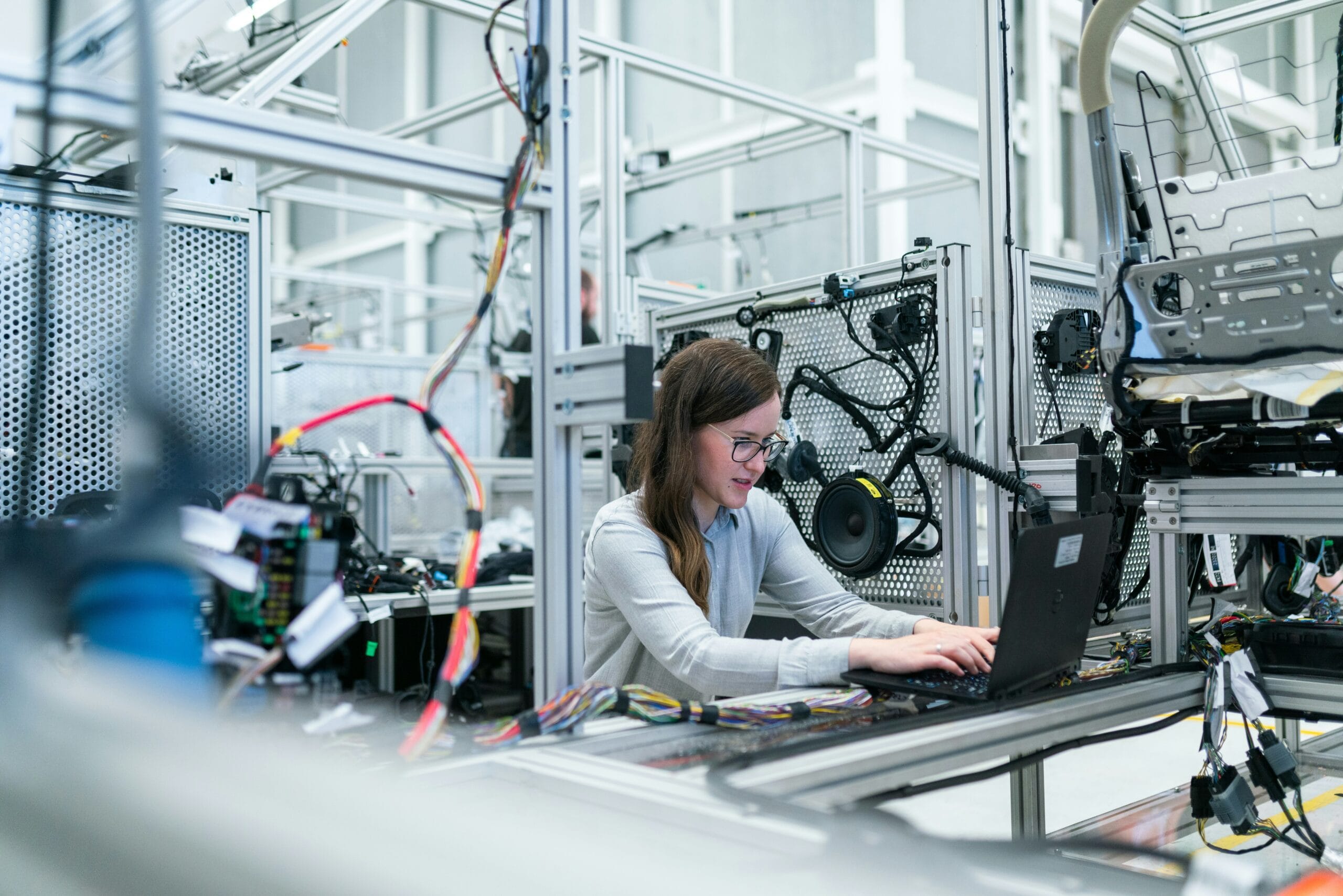Is Biometric Technology the Future of AML Compliance?

Biometric technology has gone through significant growth to make anti-money laundering compliance much stronger but initially, it was majorly used in law enforcement till 1980s and 90s.
Features like biometrics fingerprints gained traction in financial institutions post-9/11 due to heightened security concerns.
Further development took place in the 2010s when technological advancements and strict regulations including EU AML directives intensified the biometric adoption for due diligence.
Currently, biometric compliance is essential with regulators like FATF recognizing its role in combating financial crime and ensuring accurate identity verification in the digital age.
What is Biometric AML Compliance?
If we talk about biometric AML compliance, it usually involves using modern biometric technologies like facial recognition, fingerprint scanning, voice recognition, and iris scans to verify identities and prevent fraud.
As far as the Global regulatory bodies are concerned, they are currently recognizing the benefits of biometrics, and many are incorporating them into anti money laundering compliance frameworks.
Advantages of Biometric AML Compliance
There are multiple advantages of using biometric for security and verification purposes. Few are written below:
Enhanced Identity Verification
Biometric technology usually offers highly accurate identity verification which is super essential for fighting against money laundering. It gets done uniquely by identifying each customer whereas financial institutions can significantly reduce the risk of identity fraud, especially when dealing with high risk individuals like politically exposed persons.
Reduced Onboarding Time and Cost
Biometrics can also help in streamlining the onboarding by automating the verification process which can result in reducing paperwork and costs. Benefits of such nature can help in improving customer experience that make it particularly valuable for fintechs and digital banks in competitive markets.
Higher Accuracy and Lower Risk of False Positives
Biometric procedures can enhance AML compliance accuracy by reducing false positives through precise physical identification as well. For example, fingerprint or facial scans can accurately distinguish between similarly named flagged entities without any inaccuracy.
Improved Security Against Synthetic Fraud
Biometric features can deter synthetic identity fraud by making it incredibly difficult to replicate unique physical traits like fingerprints or facial features, especially during live or in-person verification procedures as it provides a strong layer of fraud prevention.
Adherence to Regulatory Standards
Regulatory bodies for the financial industry like FATF and GDPR support the use of biometrics in anti money laundering screening for improved due diligence. Financial institutions can meet regulatory requirements and minimize the risk of non compliance by incorporating biometrics in their identification processes.
Challenges in Biometric AML Compliance
While the advantages of biometrics in AML compliance are compelling but they also come with a set of challenges that are discussed below:
Privacy and Data Protection Concerns
The process of Storing biometric data becomes a privacy threat due to its sensitivity and vulnerability to cyberattacks. In order to cater to this challenge, Regulations like GDPR impose strict data protection requirements and non compliance which can ultimately result in severe penalties to make data much more secure for financial institutions.
High Implementation Costs
Do you know that the process of implementing biometric technology can be costly? The factor of Cost gets increased because of hardware, software, and maintenance requirements that can make it challenging for smaller institutions. Moreover, updated can concise solutions like cloud based biometric solutions are making it possible to make these tools more accessible to medium sized and smaller organizations as well.
Accuracy Limitations in Certain Environments
There can be several environmental factors like lighting and humidity can be a reason to affect the reliability of biometric systems. For example, fingerprint scanners may start malfunctioning in dusty environments, and facial recognition systems may struggle in low light conditions. In such cases, multi modal biometrics can prove to be a great help to mitigate these challenges.
Regulatory Compliance and Cross-Border Differences
Biometric regulations differ all over the globe with some regions where biometric AML tools and others strict privacy restrictions get promoted. Additionally, institutions with international operations must balance compliance and consistency across diverse regulatory landscapes as well.
Technical and Cybersecurity Risks
Biometric data is irreplaceable which might make cybersecurity irreplaceable. Institutions must employ powerful security measures like advanced encryption and multi-factor authentication to safeguard sensitive biometric information to fight against hackers targeting biometric databases.
Future Outlook of Biometrics in AML Compliance
The future of biometric AML compliance is composed enough for significant advancement as it is driven by emerging technologies like AI, machine learning, and blockchain. Such a technology will enhance the process biometric systems’ accuracy, ensure secure data storage, and democratize access to biometric compliance.
Additionally, there are global regulatory bodies like FATF which are likely to establish universal biometric data standards to encourage the element of international cooperation and ensure the ethical and effective use of biometric technology.
Secure Your Compliance with AML Watcher
Stop worrying because AML Watcher provides advanced biometric compliance solutions to protect your institution from fraud and enhance identity verification.
Our unconventional features streamline onboarding, improve accuracy, and keep you aligned with the latest regulatory standards. Don’t let compliance challenges hold you back. Reach out today to discover how AML Watcher can elevate your AML strategy with powerful biometric solutions.




